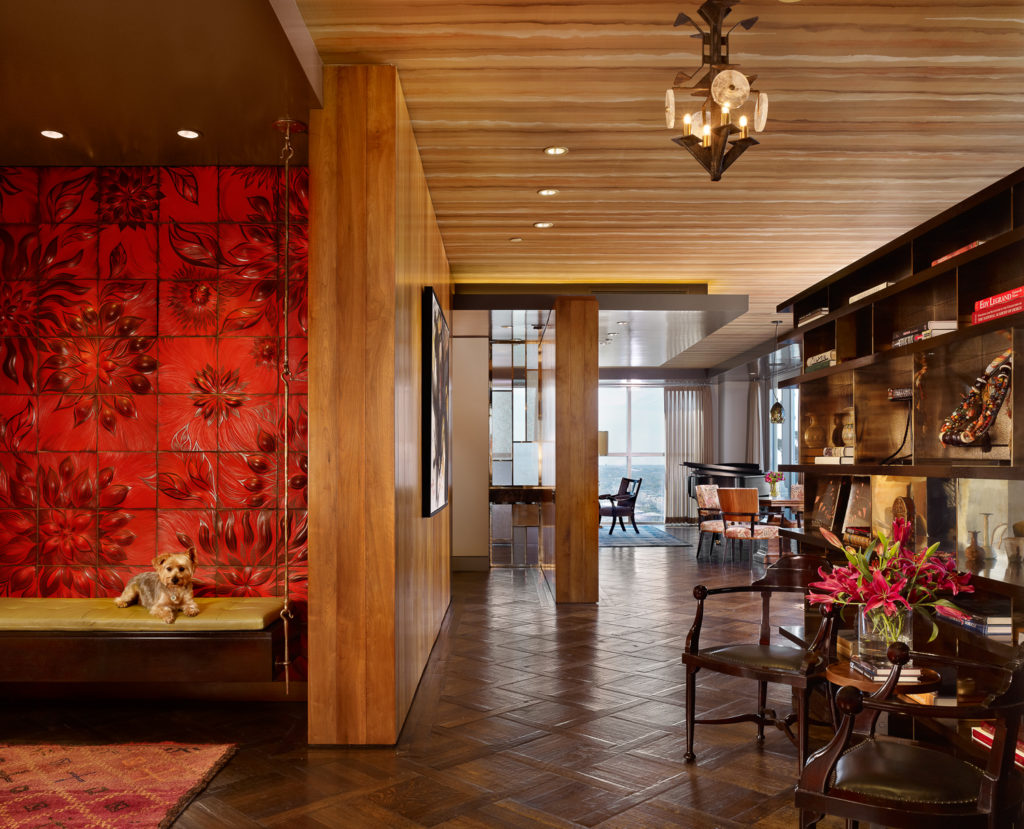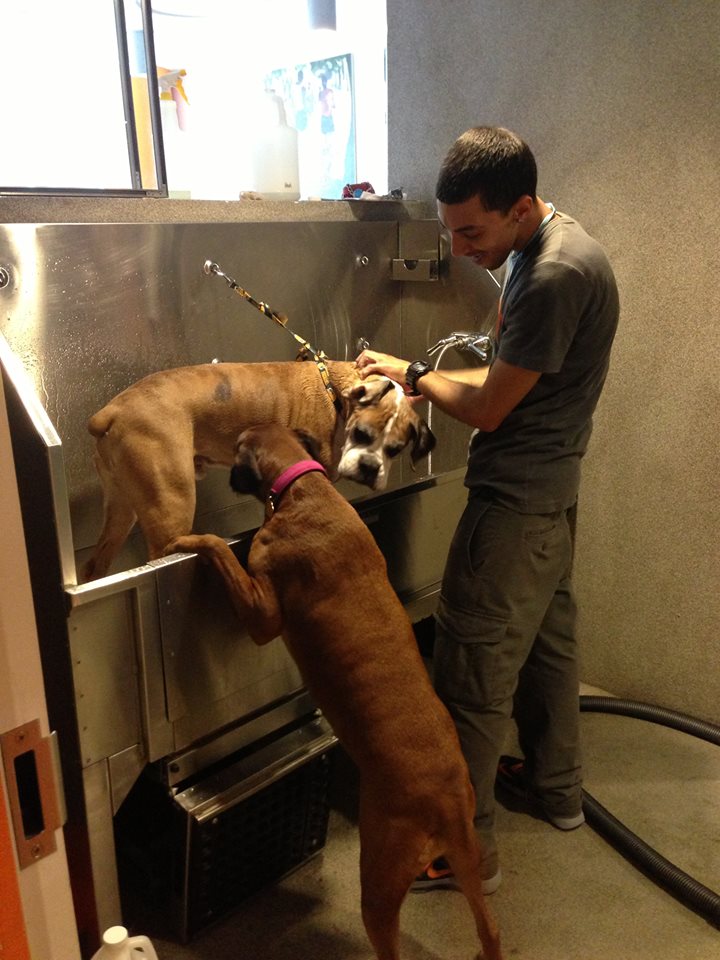Not too long ago, many felt that pet ownership was a hassle, and that you couldn’t have a busy life and a pet. Even if you had the time, there wasn’t enough space to meet their daily needs. Yet recently, the American Veterinary Medical Association reported that more than 36 percent of households own dogs, 34 percent own cats or birds, and most of these homes include more than one critter companion, totaling over 84 million homes housing 152 million pets! Why is this important? Home buyers are increasingly concerned about where the scratching post stands and where the leash hangs.

It is not news that great amenities sell a home, but a new twist is that many communities are not only embracing pet amenities, they are using them to pull in fur-friendly buyers and get a “leg-up” on the competition. Pet ownership is continuing to grow, and having a pet is no longer seen as a hindrance to an active city resident or busy suburban family. In fact, having space to spend time and to socialize with other pet owners is becoming very important to millennials, families, and retirees. Scott Adams, Senior Principal at Bassenian Lagoni says “’Dog networking’ is huge. As people seek to connect with their community, one of the biggest emerging trends is centered on pets.”

Bozzuto Group
“Whether it’s the community’s social network or the HOA announcing a ‘twilight group dog walk’,” Adams says, “or a community facility that includes dog spa stations, or even private homes with their own dog washing rooms, pets are now a preferred way to meet your neighbors and connect with your community.”
Treats, doggy bags, dog leash-parking and ground-level water fountains might seem like small things, and they are—physically. Most of them don’t have to be designed into a community and are easy to install or make available. However, these conveniences can be a big deal to residents. They create places for serendipitous encounters between pet owners and pets. Self-serve grooming stations, window seats and indoor artificial turf playgrounds take a little more thought, planning and financial input, but are showing a huge return on investment through increased sales or rentals.
Richard Lake, a founding partner of Roadside Development notes the importance of making multiple public-private spaces for tenants. “We wanted to make sure that there was a space for everyone. We’ve have dog friendly furniture on the roof top den, and reading nooks by the fireplace for someone looking for a quieter setting.” City Market at O, a luxury apartment building in the heart of D.C.’s historic Shaw neighborhood has everything from a dog park (including red faux fire hydrants) to a pet grooming station and even a dog walker. “We’re hoping that these amenities and creating a community around them will get people to sign longer leases and renew their leases.” says Lake.

Dog City at One MiMA
In addition to many of the smaller pet amenities, high-end luxury residences are offering concierge services like dog walking, doggy daycare (with web-cams), and routine in-home feedings. Builders and property managers are realizing that onsite grooming is becoming a must-have. If you can’t make it home to take your pet to the vet, no worries, they’ll bring Fido to you. Or better yet, bring the vet to Fido! Many of these concierge services don’t require upfront cost when designing and building, but in the long run they add peace of mind for busy owners.
Does this mean that in the next decade every complex needs a rooftop dog park and every community needs a bone-shaped pool? Not necessarily, but building near a dog park might be worth considering, and having some small amenities such as doggy bags and watering bowls will help draw in the growing pet-lover population. And that should keep everyone’s tails wagging.

